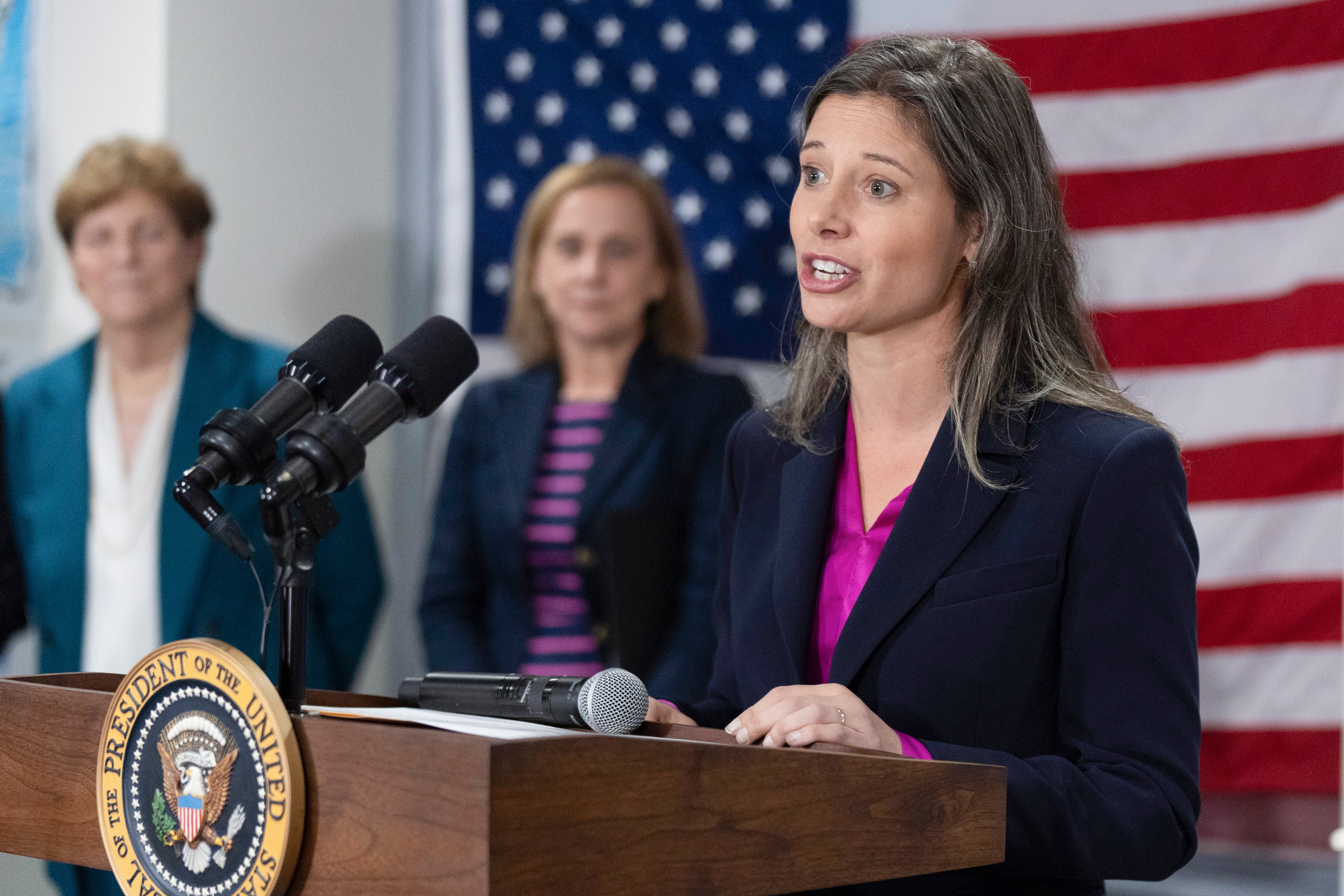BEIRUT — The Russian military is constructing a new army base in the central Syrian town of Palmyra, within the protected zone that holds the archaeological site listed by UNESCO as a world heritage site and without asking for permission from relevant authorities, an American heritage organization and a top Syrian archaeologist said Tuesday.
The American School of Oriental Research's Cultural Heritage Initiatives posted pictures from the satellite imagery and analytics company DigitalGlobe that show the construction on the edge of the ancient site that was damaged by the Islamic State group, which held Palmyra for 10 months.
An UNESCO official said it was unclear whether the encampment was in a buffer zone to the archaeological site but said it does not form a threat to the historic area.
Syrian troops backed by Russian airstrikes captured Palmyra in March and fighting continues miles away until this day. In recent weeks, ISIS fighters launched a fresh offensive in which they captured a nearby gas field that brought them close to the town.
The Britain-based Syrian Observatory for Human Rights reported fighting between government forces and ISIS fighters in the village of Ameriyeh, near Palmyra.
An ISIS-linked page on Instagram said its fighters captured three positions near the Jazal gas field northwest of Palmyra and killed a number of troops. Jazal is about 15 miles northwest of the historic town.
Russian demining experts have detonated hundreds of bombs left behind by ISIS at and near the site since the town was captured. A top Syrian archaeologist said the presence of Syrian and Russian troops in Palmyra is important to prevent ISIS from coming back.
Maamoun Abdulkarim, head of the Antiquities and Museums Department in Damascus, told The Associated Press that the Russians are building small barracks that includes offices and clinics.
Abdulkarim said his organization was not asked for permission but added that ISIS is close to the town and the presence of Russian and Syrian troops is important to ensure that the site remains in government hands.
"We refuse to give permission even if it was for a small room to be built inside the site whether it is for the Syrian army, Russian army or anyone else," Abdulkarim said by telephone from Damascus. "We will never give such permission because this will be in violation of the archaeology law."
An UNESCO official who visited the archaeological site in Palmyra late last month said if the encampment were in the buffer zone to the site, it would be in contravention to international treaties protecting historic zones. Syria is a signatory to the 1954 Hague Convention for the Protection of Cultural Property in the Event of Armed Conflict.
"We're going to look at the satellite pictures to see if it is inside the buffer zone," the official said on condition of anonymity for safety reasons.
The official said the Russian troops are conducting demining operations in the area.
"The base of the Russians is a temporary base," the official said. "They are in the middle of nothing."
Speaking about threats to the site, the official said: "Daesh is not far away and they are coming back so the danger is always there," using the Arabic acronym for the Islamic State group.
Since Russia began launching airstrikes in Syria in September 2015, Moscow has tipped the balance of power in favor of President Bashar Assad's forces. Earlier this year Russia said it was scaling back its presence in Syria.
Before ISIS captured the town in May 2015, the Syrian army was known to have minor military presence inside the site.
During the Islamic State group's 10 months in Palmyra, the militants destroyed the Temple of Bel, which dated back to A.D. 32, the Temple of Baalshamin, which was several stories high and fronted by six towering columns, and the Arch of Triumph, which was built under the Roman Emperor Septimius Severus between A.D. 193 and A.D. 211.
"During the time of war, sometimes archaeological authorities don't have a say but security decisions dictate the orders," Abdulkarim said. "Once the situation improves and peace is reached, then we will openly call for removing" the barracks.
Osama al-Khatib, a Syrian opposition activist from Palmyra who currently lives in Turkey, said the Russians are setting up prefabricated homes and tents on the northern edge of the archaeological site. He added that the site where the Russians are now based is hundreds of meters from the temples and the Arch of Triumph.
He said there are also some historical graves near where the Russians are setting up their barracks.





